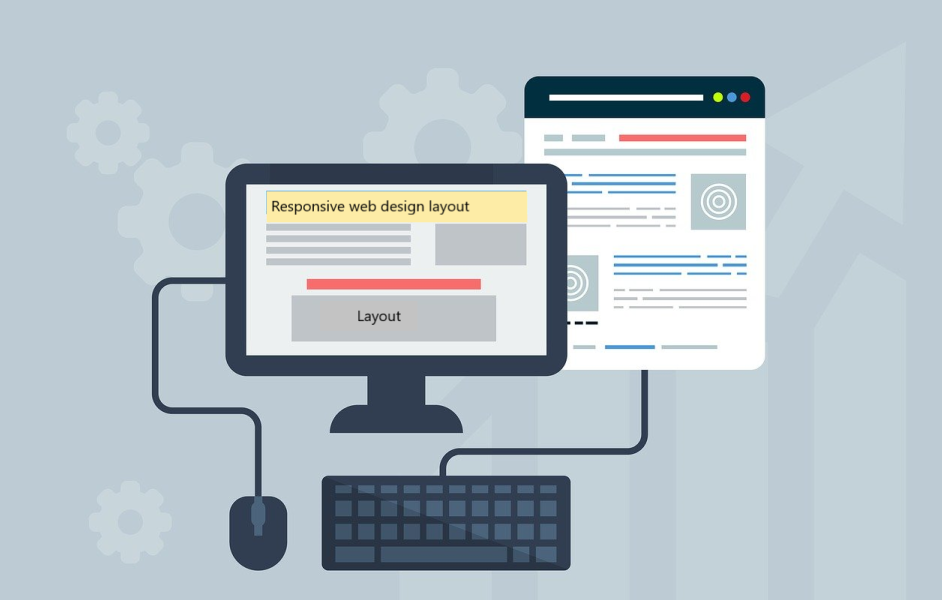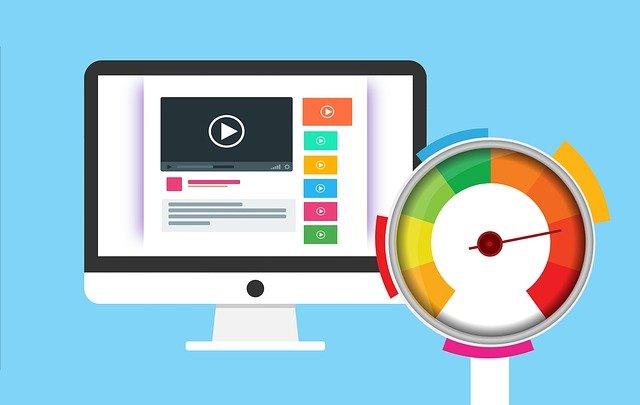Post the COVID-19 outbreak, and the seriously long lockdowns that were forced on every country, every city, and every district around the globe, as businesses started gearing up, most of them started going online. Today, the internet is being significantly used for all-around daily tasks, whether it is to search for some information, randomly browse the internet, make a purchase, or make a booking.
Most of all, mobile web browsing is skyrocketing! Half of the world’s population today is browsing the internet on a mobile device. This has seriously impacted desktop-only websites.
Businesses are all going for mobile pages now. But, the most intelligent ones are opting for a responsive website – that which can work well on both desktop and mobile, so that no potential customer is left out. Every best SEO company will agree to the fact that there are innumerous benefits that responsive websites can bring; out of which, stated below are the top 5 ways in which a responsive design can improve a website’s performance in SERPs.
1. Responsive web design allows for an adjustable layout

Google considers the relevancy of a Web page for a given search query to decide its ranking. If a Web page has a higher bounce rate, it will indicate to Google that your content is not relevant to the query. Thus, irrelevant content will mean both a drop in traffic, as well as in ranking.
User interaction is after all a great deciding factor for SERP ranking. However, even if you put up the best content, but if it isn’t easy to read, it’ll again result in an increased bounce rate.
If a piece of content is way to big to fit a mobile screen, or if it in any way doesn’t fit in well, it will cause inconvenience for the visitors, which will have them to bounce off.
A responsive web design can help the content to fit into every kind of big and small screen, depending upon where the content is being viewed. So, visitors can read the same content easily on both desktops and smartphones, making it convenient and satisfactory.
2. Responsive web design increases website speed
If a website takes long to load (and by long we mean only a mere 3-5 seconds!), visitors will become impatient, and bounce off the page. That’s because visitors want on-the-spot solutions to their queries, and won’t wait for a website to load. They’ll instead bounce off to another page that offers them the solution instantly.
Responsive web designs optimize websites for mobile search, improving the site’s functionality and design by scaling the content to users’ devices, thus offering a consistent user experience across all devices. This reduces bounce rate and boosts up the image of the website, thus increasing the possibility of ranking higher on SERPs. That’s because Google uses mobile site speed as a ranking factor in mobile search.

3. Responsive web design provide a great user experience
An increase in mobile device usage means a paradigm shift for how Google bots crawl and index, and display results in SERPs to satisfy visitor requirements and expectations. Responsive web design will help you rethink both the layout and content of your website, to offer a smooth user experience on every kind of platform – desktop, laptop, tablet, and smartphone – without any inconsistency.
4. Responsive web design enables a wider reach
Responsive web design makes it possible to share content across all social platforms, thus expanding your audience. This becomes possible because the same content can be accessed on both desktop and mobile devices, which brings more views and exposure; thus uncovering great opportunities to reach a wider audience.
5. Responsive web design eliminates duplicate content issues
If you already have a website for desktop and are now planning to come up with a separate mobile version for tablet and smartphone users, only because online is the new normal, rethink your strategy! This approach may result in duplicate content issues.
If your single piece of content appears on more than one URL, there are chances that you’ll be in for duplicate content issues; and Google bots will not be able to tell as to which version should be indexed and ranked for a particular query. So, the results may or may not be in your favor, having you risk a lot. A better choice is thus having a responsive website that has a single website being used across all devices, eliminating all possibilities of duplicate content.
Websites, at all times, are required to meet user expectations for a smooth and reliable experience. And, a responsive web design is an ideal solution to this!
Click here to learn more about website design How to Use Web Design Bullet Points








[…] through the internet and Google. So, if you want to reach the heights of success, you have to create a dynamic website with excellent content that is SEO friendly. By SEO friendly we mean creating content that […]